A new UK based research points out that the future for Indian birds could be disastrous because of climate change and many species could try to relocate to different areas. The research says that to save birds from global warming, it is not just the protected areas but the whole countryside that needs to be conserved. In some extreme cases, certain birds might be needed to be physically transferred from one area to another!

As per the study conducted by UK-based BirdLife International (of which Bombay Natural History Society is the India Partner) and Durham University, birds of every kind in India and Asia are being impacted by climate change.
The research says that while global warming is being pointed as the reason for melting glaciers, extreme climate changes, frequent droughts or storms, the most adversely affected from these are the avians of the world.
Birds feeling the Heat
This study was conducted for 370 Asian bird species whose conservation is a cause of concern, across the biodiversity hotspots of eastern Himalaya and lower Mekong River basin regions. The countries studied include Bhutan, Laos, Cambodia, Vietnam and parts of India and Nepal.
The researcher took the help of thousands of experts and organisations, in particular the Partners that form BirdLife International, in pointing the species of conservation concern (through the IUCN Red List), mapping their distributions, and identifying Important Bird Areas at present and for the future.
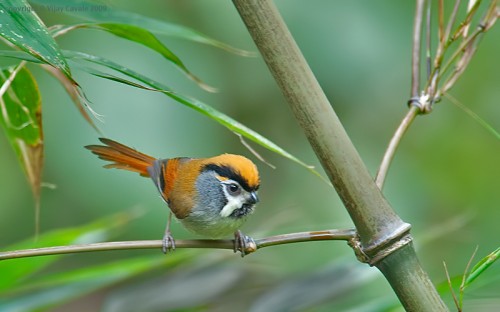
Projections show that at least 45% and possibly up to 88% of the 370 species studied will experience declines in suitable climate, leading to changing species composition at individual sites. What this means is that birds could become locally extinct and try to shift to newer, safer areas around the country because of climate change.
The researchers warn that despite how much temperature rise occurs in the future, each bird species will be affected in some way or the other.
Co-lead author, Dr Robert Bagchi, who conducted the analysis while at Durham University, said,
“It is striking that despite big differences among these scenarios, they agree on the final outcome. Even under the least extreme scenarios of climate change, most species we examined will have to shift their ranges in order to find suitable areas in the future.”
Protection for all
Though there are many protected areas at present, these habitats could be affected by global warming too, rendering it impossible for animals, plants or birds to exist. Therefore, apart from these, it is the greater area the complete country side, including the non-protected forests that need to be protected, say the researchers.
It will be necessary to consider each piece of land as if it was a protected area and apply similar rules and regulation in these habitats too, if it is found to be an important bird habitat. In some extreme cases, certain birds might need human help to survive said co-lead author, Dr Stephen Willis.
He said: “As climate changes, we may have to assist birds to move to more suitable locations to help them survive. Although many birds will adjust their distributions, and will find new habitats with suitable climate, we need to manage the countryside to help them disperse, or even relocate birds in the most extreme cases.
“We expect there to be 24 times as many ‘losers’ as ‘winners’ in terms of bird species losing or gaining habitat in the future.”
Protecting the entire region and keeping it safe from climate change impact, however is a tactic that could be beneficial for humans too, apart from birds.
Co-author, Dr Stuart Butchart, Head of Science at BirdLife International, said: The good news, however, is that protecting natural habitats benefits people too, helping communities to adapt to climate change. Healthy ecosystems enhance resilience to the adverse impacts of climate change and reduce the vulnerability of people.”
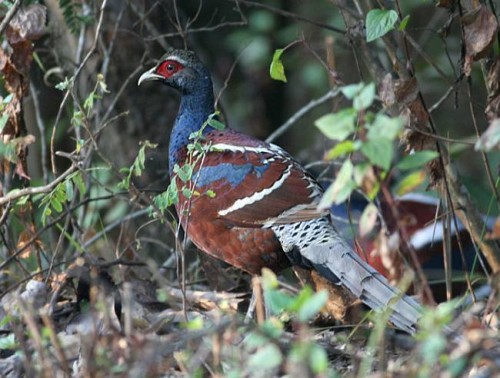
The current prediction is a warning for India and other Asian countries to start strengthening their environment, before it is too late to save most of its inhabitants.
More Related Stories,
Ailing Sunderbans Losing Beauty and Diversity
India’s Claim of Increased Forest Covers may be False
Himalyana Monal to get Advanced Breeding Centre
Image courtesy sussexbirder via cc/Flickr, Vijay Cavale via Indiabirds and Orientalbirdimages





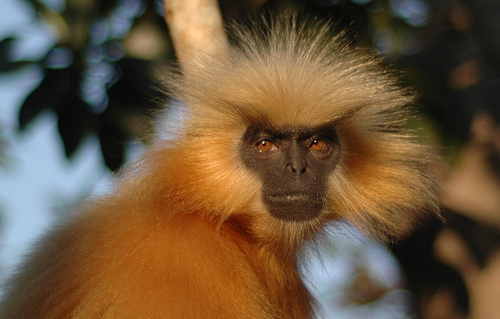
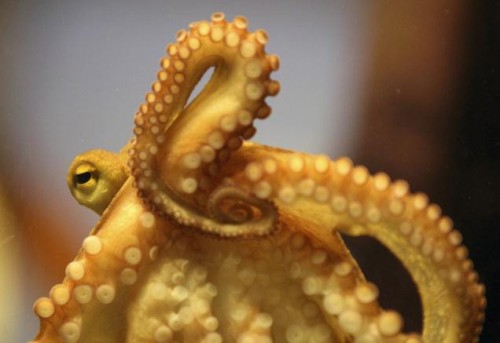

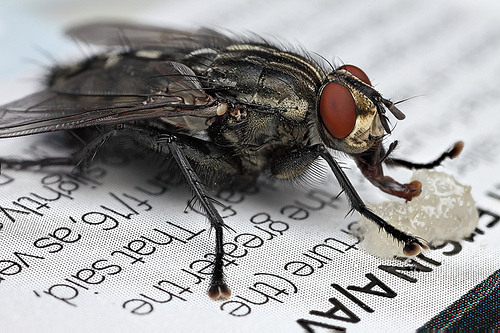
One thought on “Indian Birds need Help to Combat Climate Change”